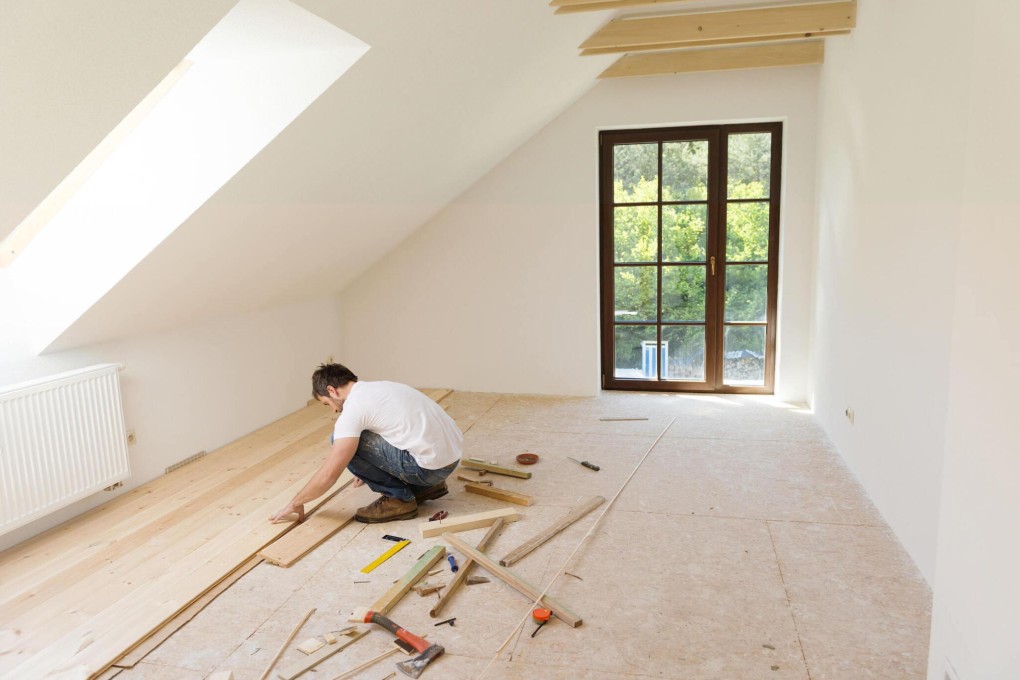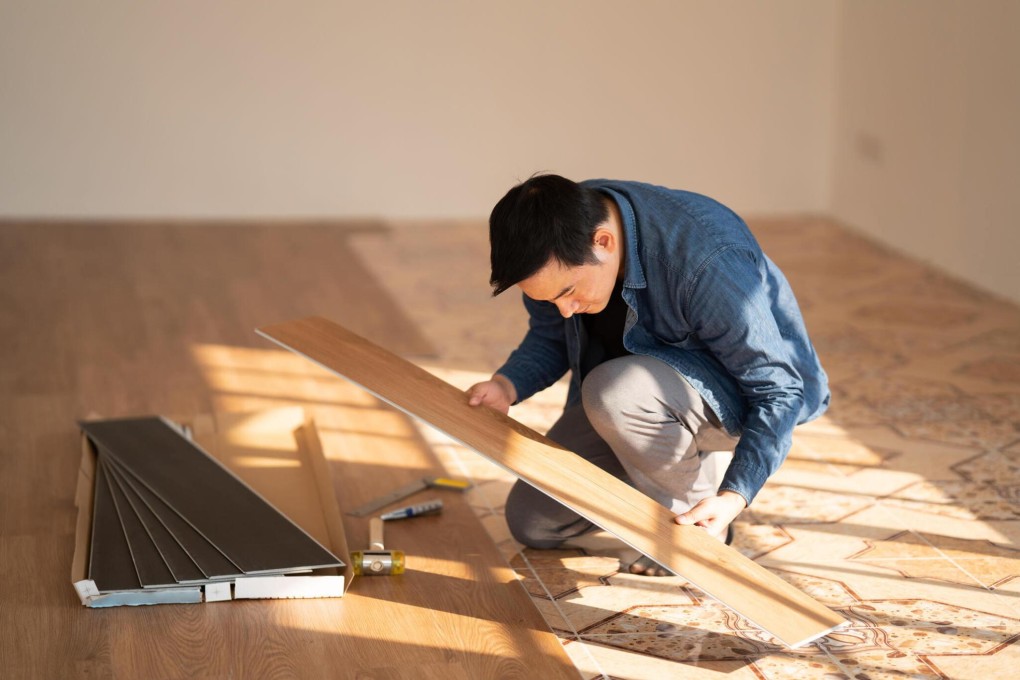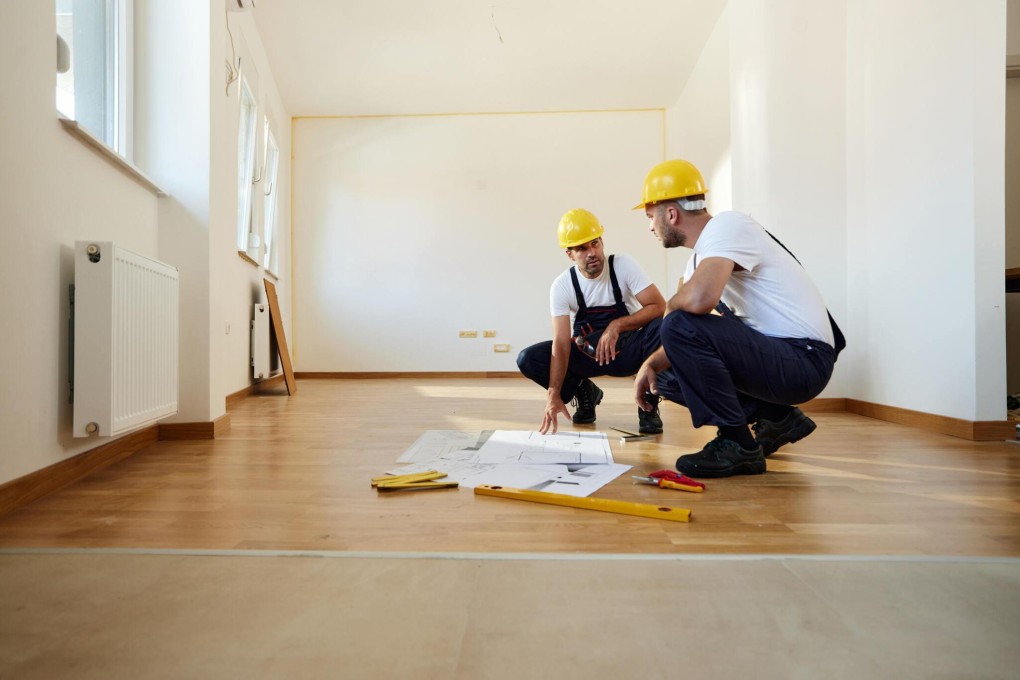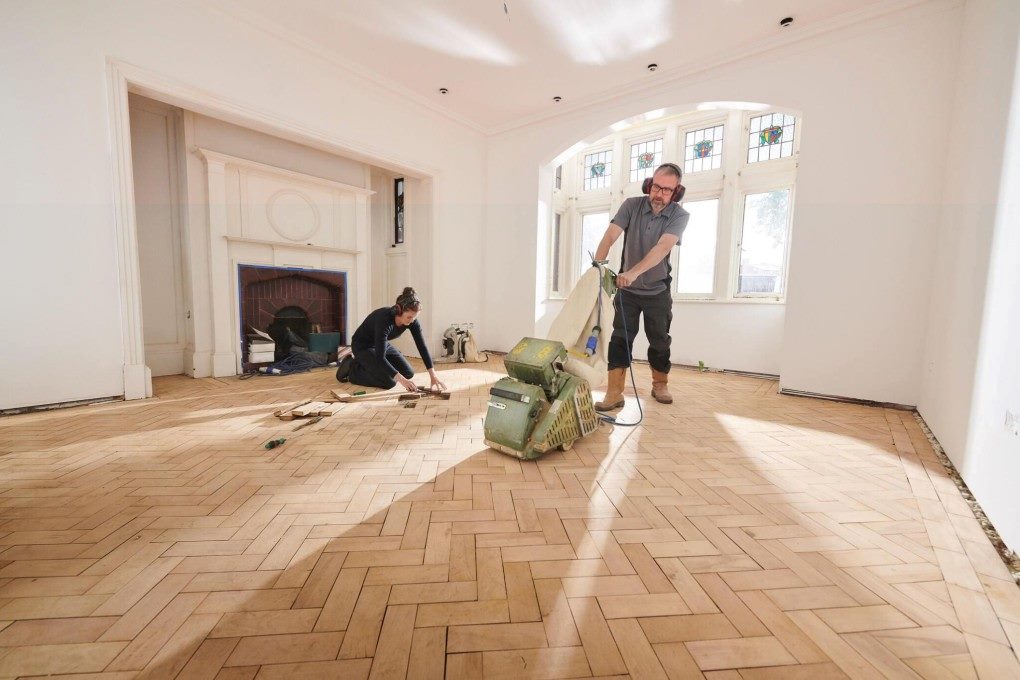
When it comes to real estate, first impressions matter. Potential buyers or tenants often form their opinions within seconds of entering a property, and the condition of the floors plays a crucial role in shaping these impressions.
Renovating and repairing floors can be a transformative endeavor, enhancing the overall appeal and value of a property. In this article, we will explore various tips and strategies to revitalize your floors, making them a standout feature in any real estate endeavor.
Importance of Floor Renovation in Real Estate
Before delving into the tips and techniques, it’s essential to understand why floor renovation holds such significance in the realm of real estate. The condition of the floors can either attract or deter potential buyers or tenants. If you are looking for floor repair services then you can visit www.d-mflooring.co.uk
Well-maintained and visually appealing floors create a positive atmosphere, making the property more desirable. On the contrary, neglected or damaged floors can signal neglect and disinterest, potentially lowering the perceived value of the property.
Assessing the Damage
The first step in any floor renovation project is to assess the extent of the damage. Different types of flooring materials require different approaches, so a thorough evaluation is crucial.
1. Hardwood Floors
For hardwood floors, check for any signs of warping, scratches, or discoloration. Determine if the damage is superficial or if it extends deeper into the wood. Small scratches can often be sanded and refinished, while more severe damage may require board replacement.

2. Tile Floors
Tile floors may have cracked or chipped tiles. Inspect the grout for any signs of mold or deterioration. Cracked tiles can be replaced individually, but widespread grout issues may necessitate regrouting.
3. Carpeted Floors
Carpets are prone to stains, wear, and tear. Identify any stains that can be spot-cleaned and assess the overall condition of the carpet. In some cases, a professional cleaning might suffice, but heavily damaged carpets may need replacement.
Budgeting for Repairs
Once you’ve assessed the damage, it’s time to create a budget for the repairs. Consider the cost of materials, whether you’ll be hiring professionals, and factor in any unexpected expenses that may arise during the renovation process.
DIY vs. Professional Services
Decide which repairs you can handle yourself and where professional services might be necessary. While simple tasks like replacing a cracked tile or refinishing a small section of hardwood floor can be DIY projects, more complex issues such as extensive water damage or structural problems may require professional expertise.

Cost-Effective Materials
When choosing materials for repairs, consider cost-effective options that still offer durability and aesthetic appeal. It’s possible to achieve a stunning result without breaking the bank, especially with the wide variety of flooring materials available in today’s market.
Flooring Trends and Styles
Before embarking on your floor repair journey, it’s beneficial to explore current flooring trends and styles. This not only helps in making informed decisions but also ensures that the renovated floors align with contemporary aesthetics, adding value to the property.
1. Sustainable Flooring Options
In recent years, there has been a growing trend towards sustainable and eco-friendly flooring options. Bamboo, cork, and reclaimed wood are popular choices for those looking to make environmentally conscious decisions.
Consider incorporating these materials into your floor repairs for a modern and eco-friendly touch.
2. Creative Tile Patterns
For tile floors, consider creative and unique patterns to add character to the space. Herringbone, chevron, or intricate mosaic designs can elevate the aesthetics of a room and make a lasting impression.
3. Timeless Elegance of Hardwood
Hardwood floors continue to be a timeless choice, exuding elegance and warmth. Opting for classic hardwood varieties or engineered hardwood can enhance the overall appeal of a property, making it more attractive to potential buyers or tenants.
The Renovation Process
Once you have a clear plan in place, it’s time to execute the renovation. Depending on the scope of the repairs, this process may vary, but some general guidelines apply.
Surface Preparation
Prepare the surface by cleaning it thoroughly and addressing any issues such as mold or mildew. Proper surface preparation ensures that the repairs will be long-lasting and effective.
Repair and Replacement
Proceed with the necessary repairs or replacements based on your earlier assessment. Be meticulous in your work, ensuring that the repaired sections seamlessly blend with the existing flooring.

Finishing Touches
After the repairs are complete, apply the finishing touches. This may involve sanding and refinishing hardwood floors, applying a fresh coat of paint to concrete floors, or sealing and polishing tiles. These final steps enhance the aesthetics and durability of the renovated floors.
Marketing Your Renovated Property
With the floors revitalized, it’s time to showcase your property in the best possible light. Effective marketing can significantly impact the success of a real estate venture.
1. High-Quality Photography
Invest in professional photography to capture the beauty of the renovated floors. High-quality images can make a substantial difference in online listings and promotional materials.
2. Highlighting Flooring Features
Emphasize the unique features of your renovated floors in marketing materials. Whether it’s the warmth of hardwood, the durability of tiles, or the plushness of carpets, showcasing these features can set your property apart in a competitive market.
3. Virtual Tours
Consider incorporating virtual tours into your marketing strategy. This allows potential buyers or tenants to explore the property online, giving them a comprehensive view of the renovated floors and the overall ambiance of the space.
Conclusion
In the dynamic world of real estate, floor renovation stands out as a powerful tool for enhancing property value and attracting potential buyers or tenants. By assessing damage, budgeting effectively, staying informed about trends, and executing a meticulous renovation process, you can transform floors from overlooked elements to standout features.
Remember, a well-renovated floor not only adds aesthetic appeal but also communicates a sense of care and quality, making your property more appealing in the competitive real estate market.







